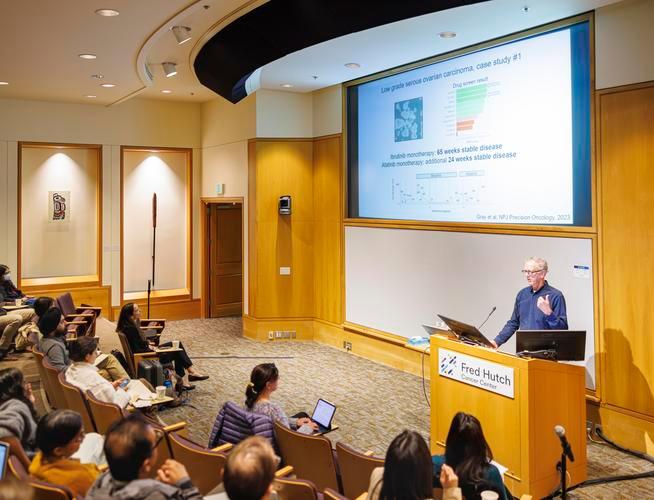Abstract: At Fred Hutch Cancer Center’s 4th Rare Cancers Symposium, hope took center stage. With experts from NIH, Stanford, and the University of Washington, the event brought together the brightest minds working to unravel the mysteries of over 200 rare cancers. From hard-to-diagnose tumors to limited clinical data, rare cancers have long struggled for visibility, but that’s changing. Through initiatives like TRACER and partnerships with the Brave Like Gabe Foundation, researchers are closing the gap between the lab and the patient, proving that collaboration can be just as powerful as any new drug.
One of the event’s highlights was Stanford’s rare tumor biobank, a growing collection of over 400 preserved tumor samples now fueling global research. By combining genomics, clinical trials, and precision medicine tools like the PARIS tumor screening test, scientists are identifying potential therapies faster than ever before. The symposium underscored a vital message: biobanks aren’t just about storage, they’re about solutions. Every preserved tissue sample brings us closer to understanding the unknown and turning “rare” cancers into treatable ones.
Click here to view the full research article: Showcasing new strides in rare cancer research | Fred Hutchinson Cancer Center
